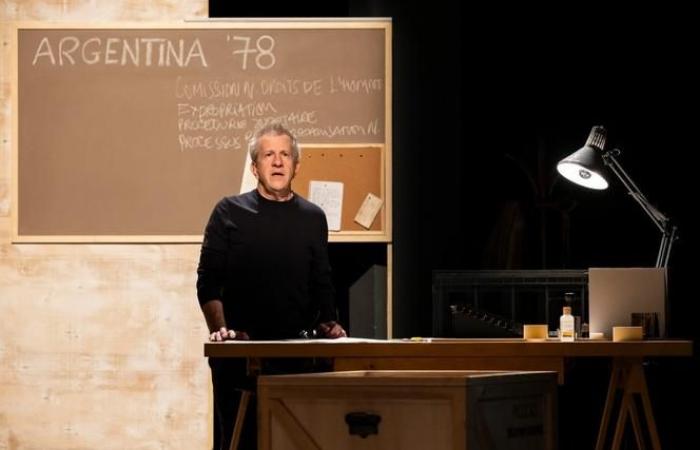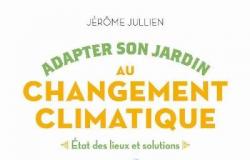What does it look like, a Portrait of the artist after his death ? A virtuoso exercise which sows doubt, cultivates confusion and watches, with feigned serenity, the public's uncertainties blossom. Written and directed by Davide Carnevali, an Italian born in 1981, this demonic play reminds, at the Théâtre de la Bastille, in Paris, to what extent contemporary dramaturgy needs living authors to regenerate itself.
Portrait of the artist after his death is a nugget thought out with intelligence, developed with subtlety and played with finesse. If this very intriguing text revitalizes writing, it is because it is not set in stone. The author adapts it to the nationality of the person who embodies it. In this case, it is an actor born in Argentina, Marcial Di Fonzo Bo, who deploys the lines of flight of a fable built on successive embeddings according to a principle dear to Pirandello: mise en abyme.
Alone on a stage where two technicians are busy, the actor introduces himself during a brief monologue (improvised, he explains). What is his name, where he was born, in what year. How he received a letter one day addressed to Mar-z-ial Di Fonzo Bo (the typing error is significant) to inform him that he had just inherited an apartment in Buenos Aires. Finally, how this event, recounted to Davide Carnevali whom he encountered by chance, would arouse the author's desire to write, tailor-made, a piece for the performer. She will be inspired by this mystery apartment.
Apartment populated by ghosts
This apartment, here it is. He is there on the set, exhibited on a stage. An ordinary interior with armchair, kitchen, desk and wooden walls. A deserted place, but which will not remain so, since the narration will populate it with ghosts: those of the protagonists who are supposed to have lived there and whose daily life, imagined by the actor, brings grist to the mill of a exponential dramaturgy.
Di Fonzo Bo explains: he and Carnevali rent a soulless Airbnb in Buenos Aires. Carnevali falling ill, he must lead an investigation alone whose ramifications span from Argentina under the dictatorship to the hunt for Jews in Europe during the Second World War. This investigation is protean: police, topographical, historical, psychiatric and above all theoretical, in the sense that its goal (barely hidden) is to explore the possibilities of fiction. How far can a literary creation go to derail reality and our perception of it?
You have 31.88% of this article left to read. The rest is reserved for subscribers.







